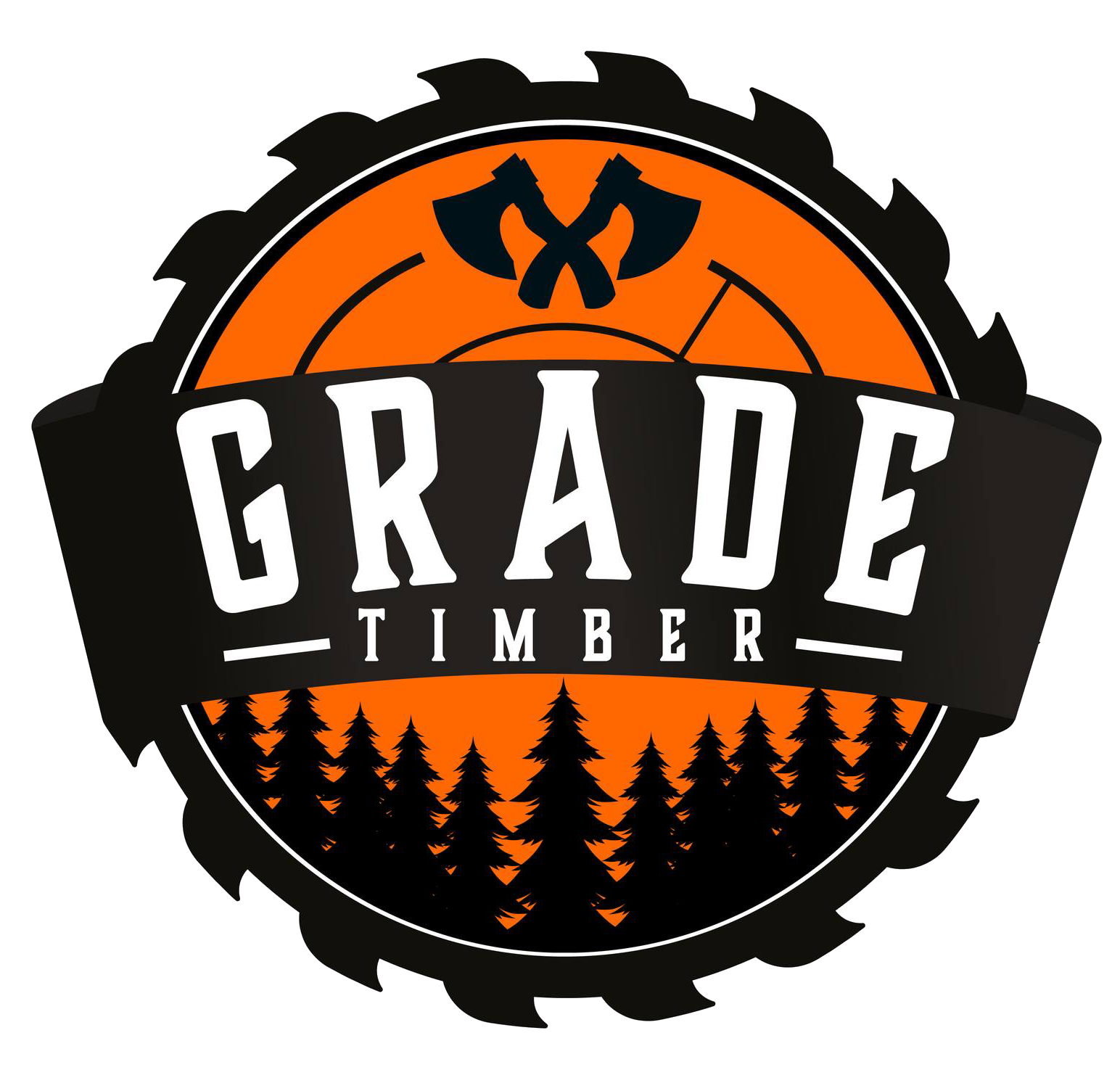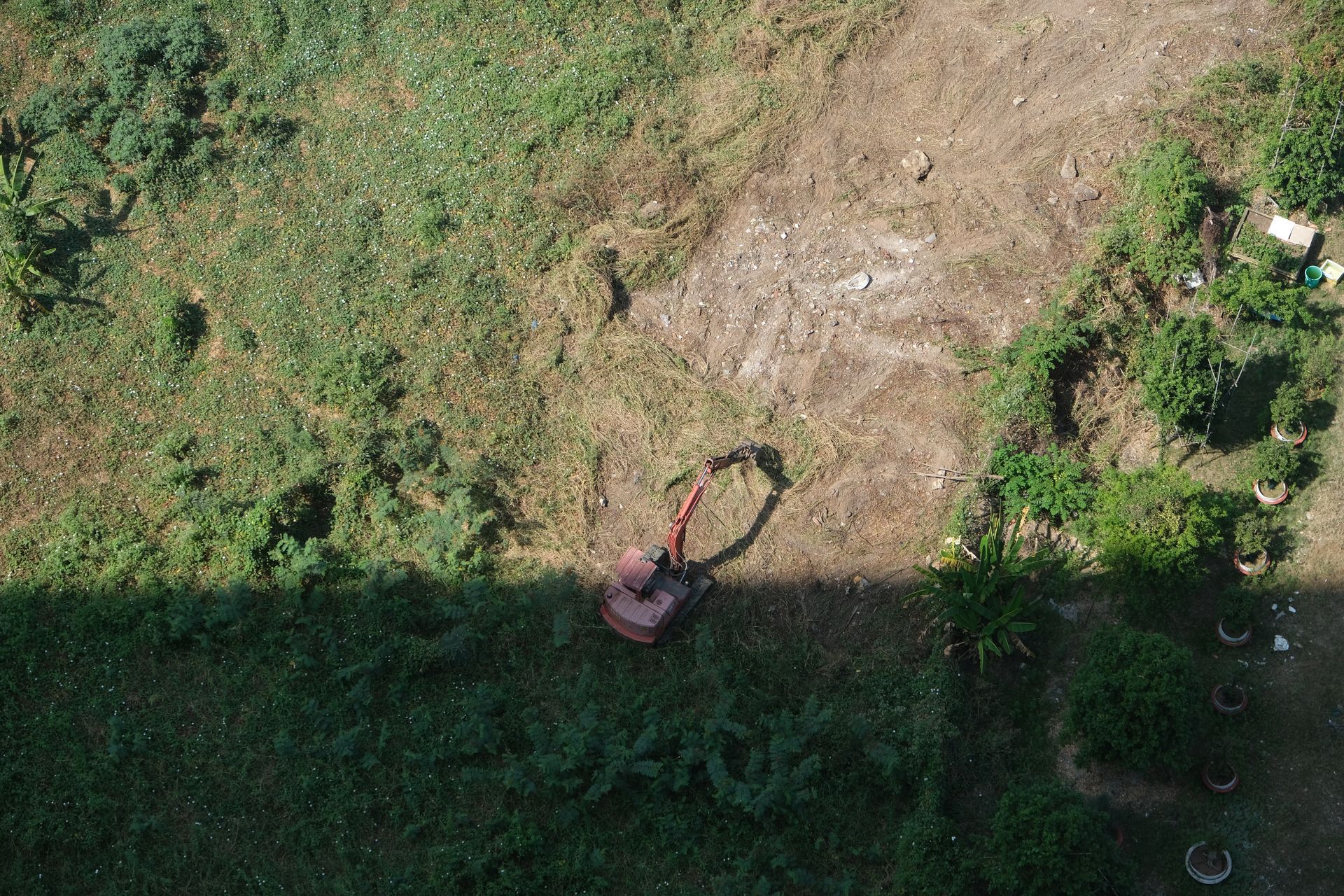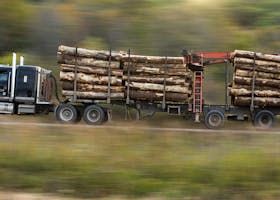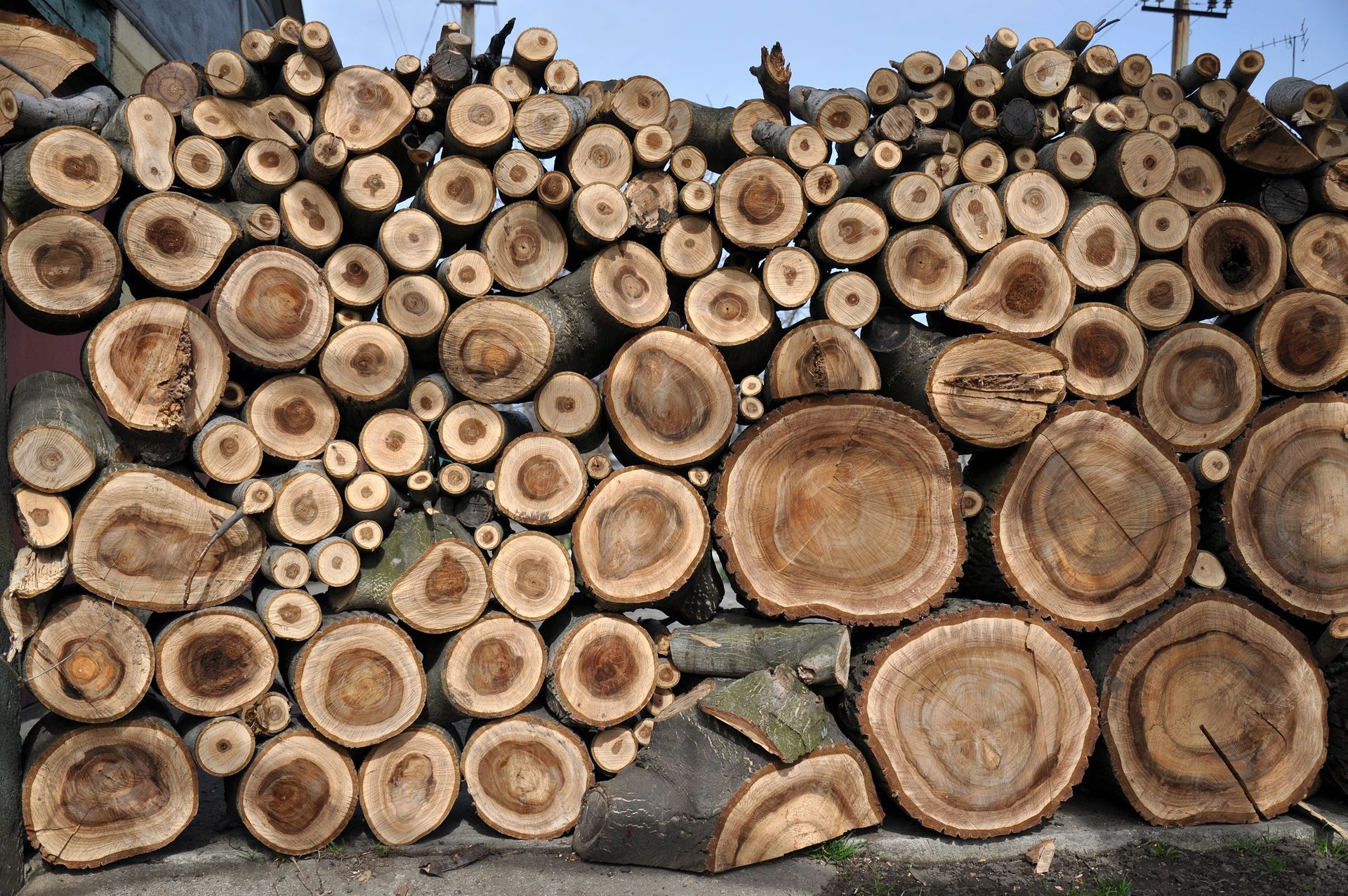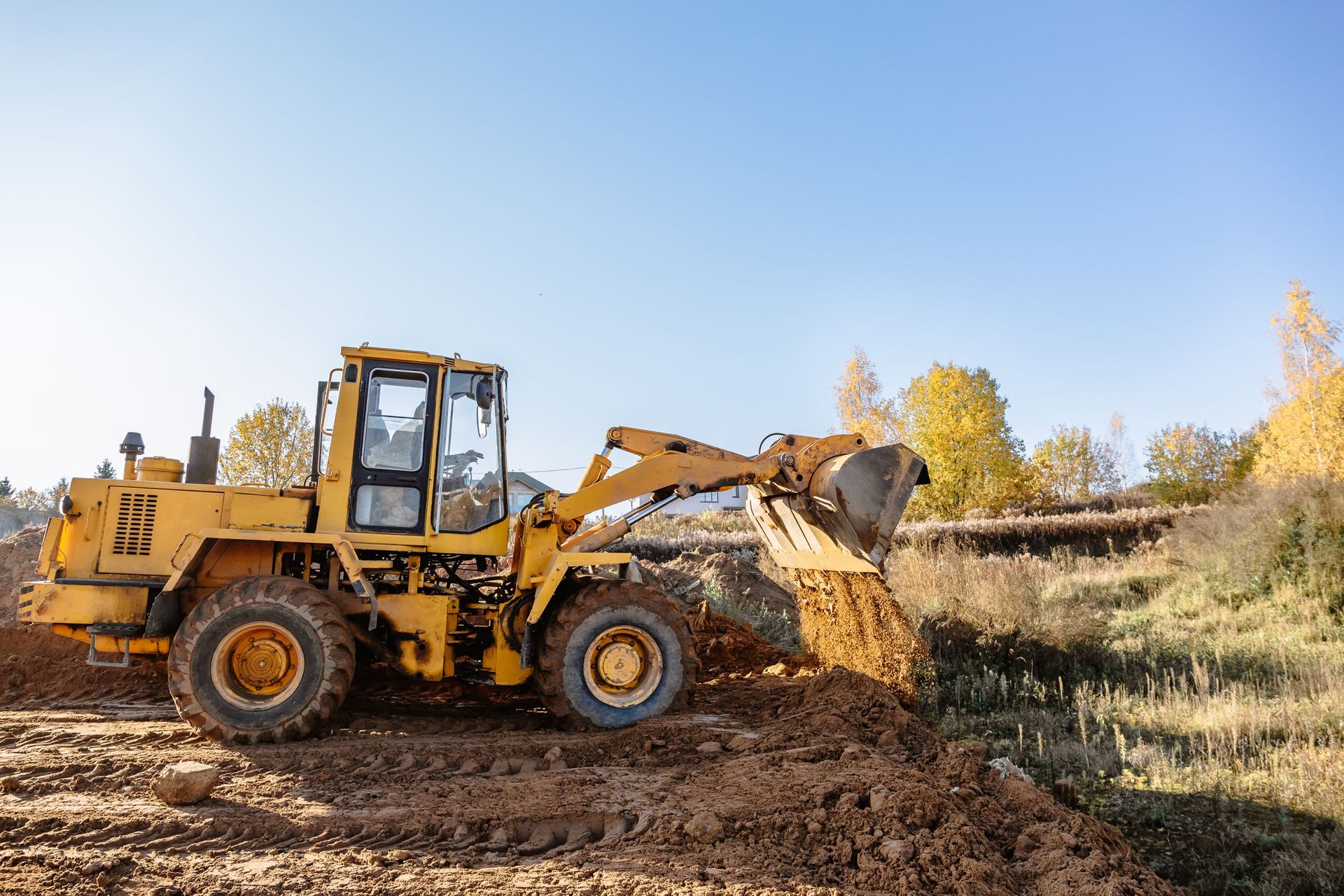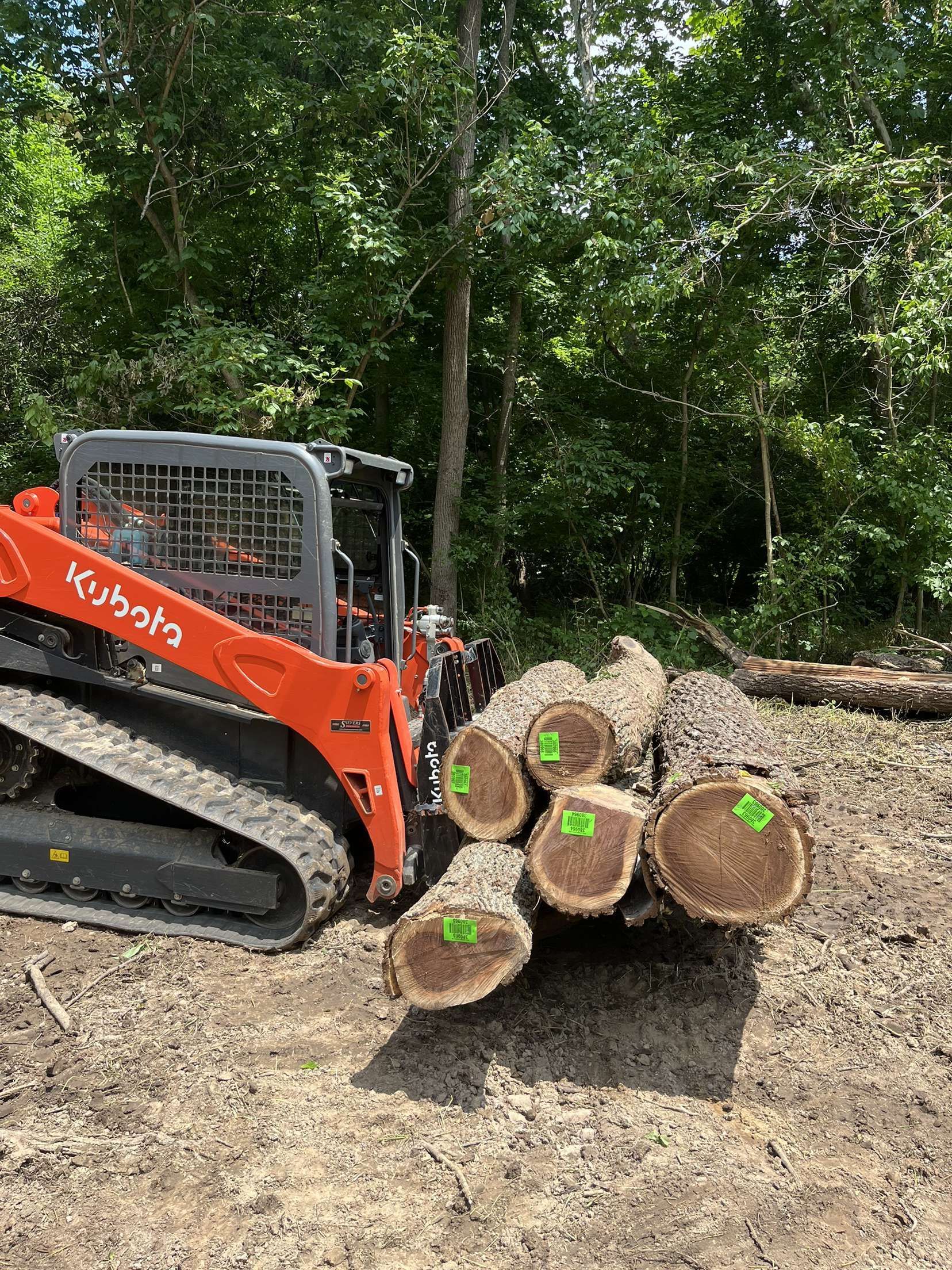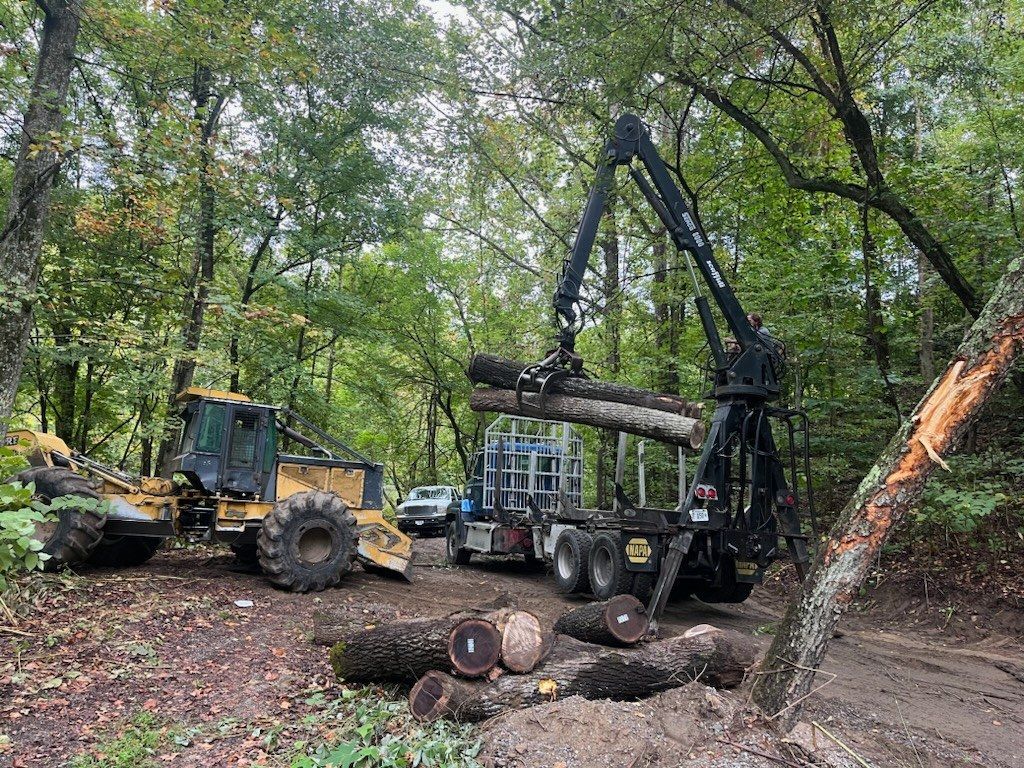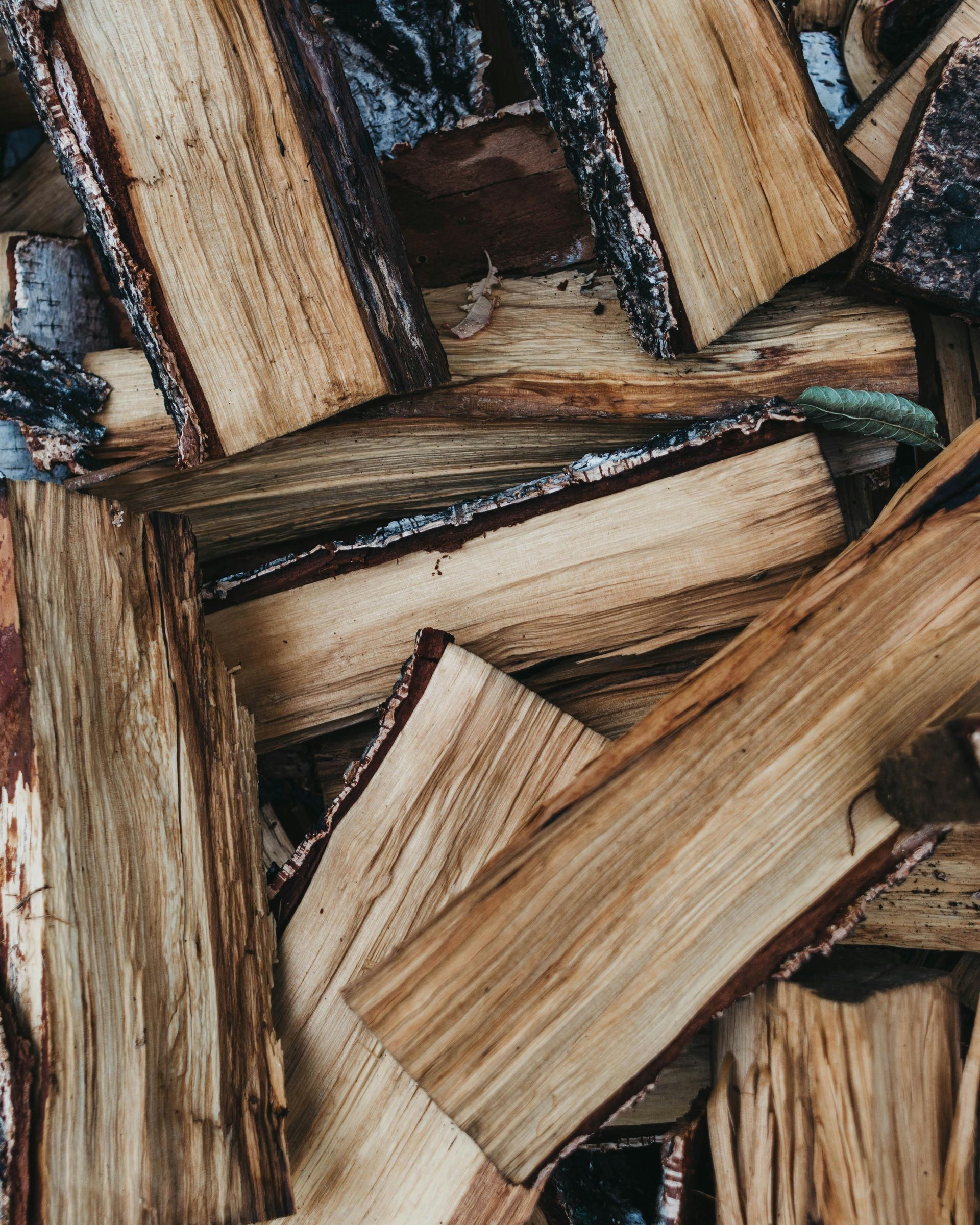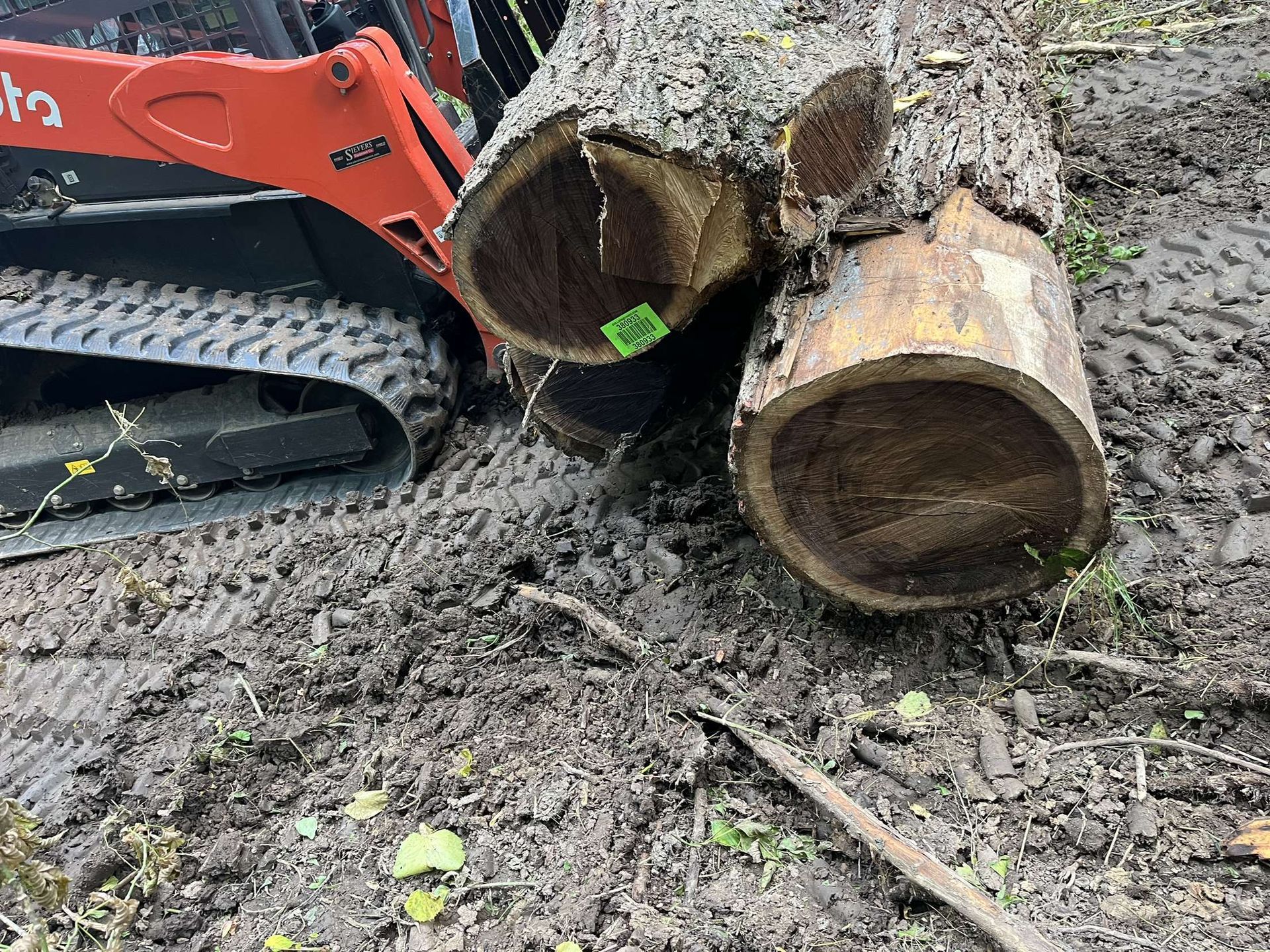Unlock the Hidden Value in Your Illinois Woodland: Download Our Free Tree Value Field Guide Today
Posted by Beau Shymansky, Forestry Specialist at Grade Timber
July 11, 2025
As an Illinois landowner, your property isn't just land—it's a living, breathing asset teeming with potential. From the majestic black walnuts dotting your fence lines to the sturdy white oaks standing tall in your backwoods, your trees could be worth thousands of dollars. But how do you know which ones are ready for harvest, what they're truly worth, and when's the best time to act? That's where our brand-new, free "Illinois Landowner's Tree Value Field Guide" comes in. Released today amid rising 2025 timber prices, this essential resource is designed to empower you with the knowledge to make smart, sustainable decisions about your forest.
Why Timber Harvesting Matters for Your Land Management Plan
Timber isn't just about cutting down trees—it's a key part of responsible land stewardship. Incorporating selective harvesting into your overall management strategy helps maintain a healthy, vibrant ecosystem. By removing mature or over-mature trees, you create space for new growth, boost biodiversity, and enhance wildlife habitats. Think about it: overcrowded forests can lead to increased competition for sunlight and nutrients, stifling younger trees and inviting pests or diseases.
Plus, from a financial perspective, your timber is like a savings account that's been growing for decades. With lumber prices projected to rise 8% this year due to surging domestic demand and global supply issues, now's the time to cash in. High-value species like black walnut, white oak, black cherry, hickory, and sugar maple are in hot demand, especially those with tight growth rings fostered by northern Illinois' climate. Harvesting responsibly can fund property upgrades, conservation projects, or even your retirement—all while ensuring your land remains productive for generations.
But here's the catch: timing is everything. Delaying harvest, especially outside optimal windows like winter (December through March), can lead to significant losses. Trees left standing too long are prone to disease (such as oak wilt or emerald ash borer infestations), decay, insect damage, or storm-related breakage. What starts as a premium veneer log could degrade into low-value firewood, eroding your potential earnings. Winter harvesting minimizes these risks—frozen ground prevents soil compaction, makes equipment access easier, and reduces environmental impact. Miss this window, and you might not only forfeit peak stumpage prices but also deal with a forest that's less resilient over time.
What's Inside the Field Guide?
Our 15-page guide is packed with practical, easy-to-follow advice, formatted as a handy 5.5x8.5" portable booklet for on-the-go reference. Whether you're a seasoned landowner or new to forestry, you'll find step-by-step tools to get started:
- Species Identification: Detailed profiles of top Illinois hardwoods, including photos and tips to spot black walnut, white oak, and more.
- Valuation Basics: Learn how to calculate board feet, assess tree quality, and understand log grades to estimate your timber's worth.
- Inventory Worksheet: A customizable template to catalog your trees, mark property lines, and plan your harvest.
- Market Insights: Guidance on timing your sale, negotiating with loggers, and choosing between profit-sharing or upfront payments.
- Sustainability Tips: Strategies to integrate harvesting into your land plan, mitigate risks like disease and decay, and preserve forest health.
- Resources: Links to Illinois Department of Natural Resources (DNR) and other trusted partners for further support.
This isn't just a PDF—it's your roadmap to turning overlooked woodlands into a sustainable income source.
The 2025 Timber Outlook: Act Now Before It's Too Late
The timber market is rebounding strong in 2025, with experts forecasting up to a 30% price increase in the first half of the year. Demand for quality hardwoods is skyrocketing, driven by construction, furniture, and export needs. If you're in Illinois, where our fertile soils and temperate climate produce some of the finest timber in the Midwest, you're sitting on a goldmine. But logger schedules fill up fast—start reaching out in August to secure a winter slot.
At Grade Timber, we've seen firsthand how proactive landowners reap the rewards. One client in the Quad Cities area recently harvested selectively and netted over $20,000 from just a few acres, all while improving their forest's overall health. Don't let disease, decay, or market dips diminish your trees' value—download the guide and start planning today.
Ready to Get Started?
Head over to www.gradetimber.com to download your free "Illinois Landowner's Tree Value Field Guide" instantly. While you're there, request a complimentary professional appraisal from our team of licensed foresters. We're here to connect you with ethical buyers and ensure your harvest is sustainable and profitable.
Have questions? Drop us a line at info@gradetimber.com or call (309) 264-0805. Let's work together to unlock the full potential of your Illinois land.
Grade Timber is dedicated to sustainable forestry practices, helping landowners like you balance economic gains with environmental stewardship. Follow us for more tips on timber management and land care.
